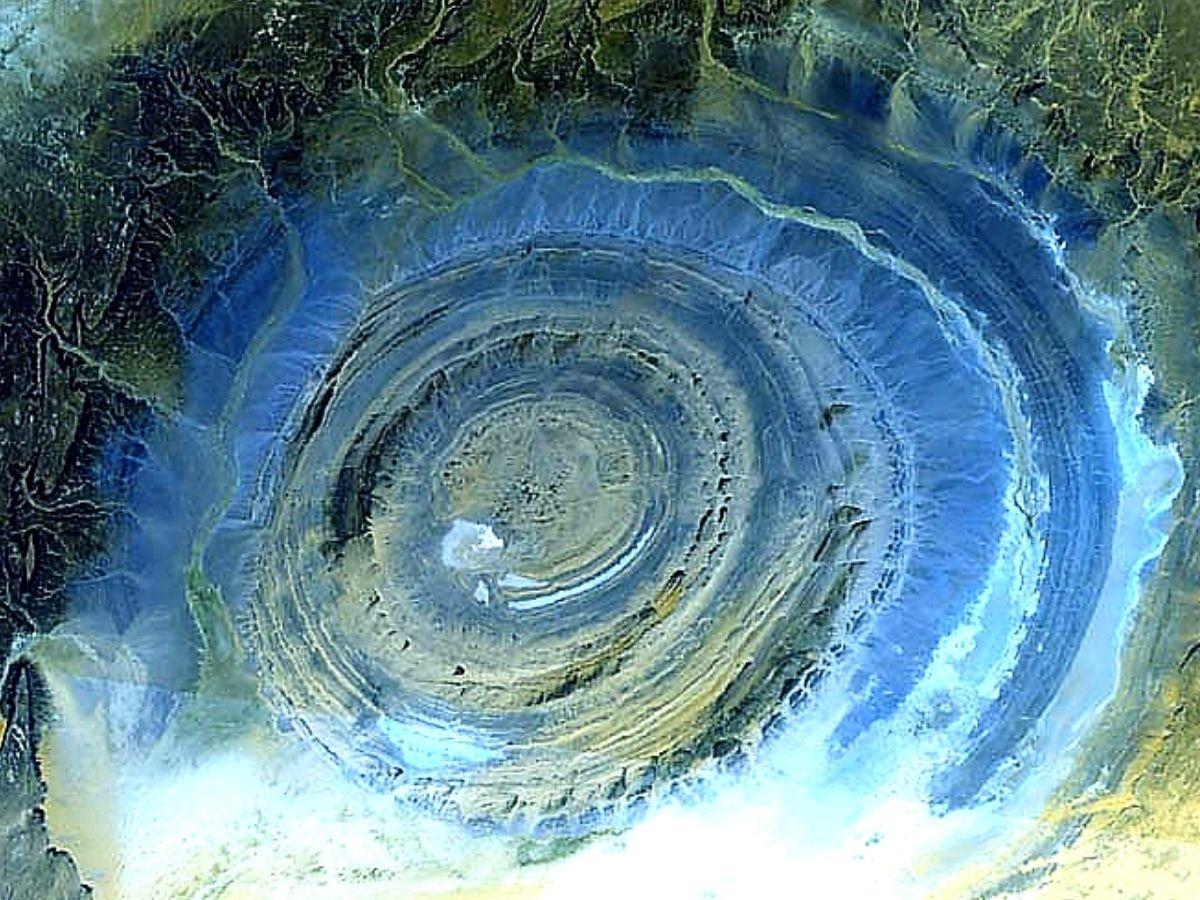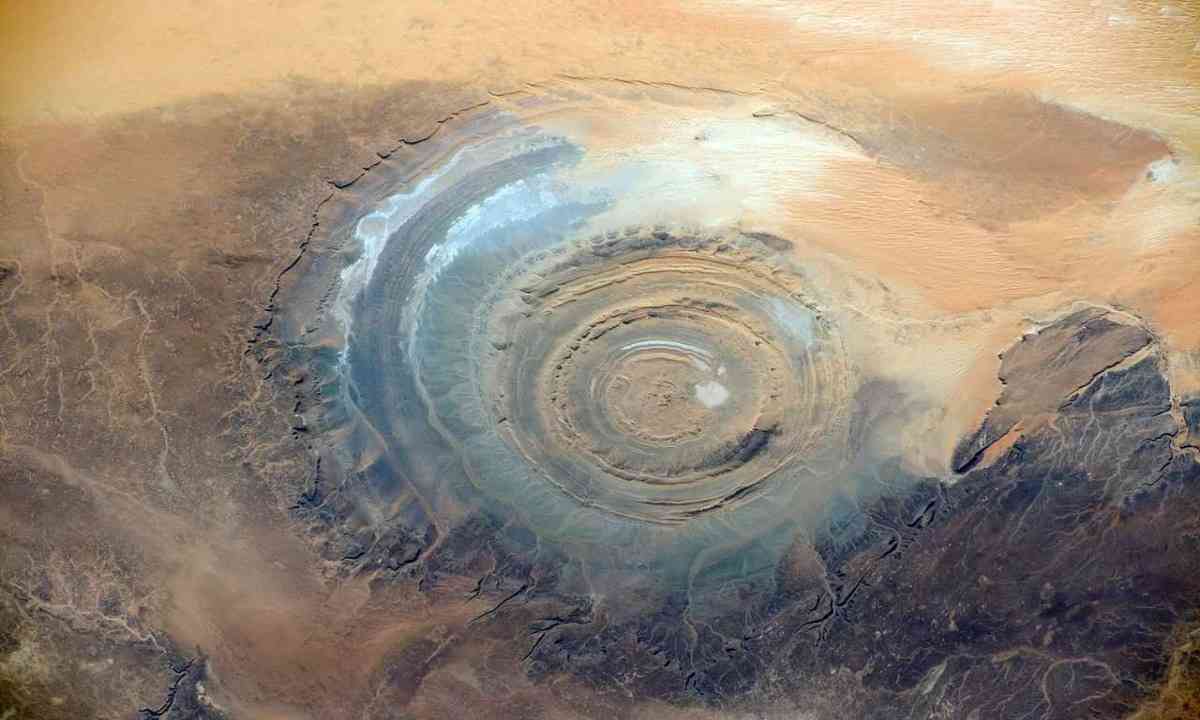Beautiful photographs of Earth that Luca Parmitano, an ESA astronaut, took aboard the International Space Station (ISS) of NASA, were shared online. The Richat Structure, also known as the "Eye of the Sahara," can be seen in one of the photos NASA shared. It is located in the northwest of Mauritania.
In 2013, Parmitano joined the ISS for the first time for Expedition 36/37. He returned to the orbiting station five years later to work as the flight engineer for Expedition 60. Parmitano is currently in charge of Expedition 61 on the International Space Station.

While on board the station, Parmitano took photographs of Earth from space. NASA claims that the astronaut took the pictures from 250 miles above the planet. NASA used its Twitter account to distribute the photographs that Parmitano took.
The photographs showcase a variety of stunning images of Earth's landscapes, including vast deserts and ridges of snow-covered mountains. Parmitano was additionally ready to catch normally submerged developments underneath completely clear waters.
NASA also shared other beautiful images that were taken from low-Earth orbit, in addition to the images that the ESA astronaut took. One of these elements is the Richat Design, which some accept could be the vestiges of the incredible city of Atlantis.
NASA claims that natural erosions are to blame for the strange structure's shape, which has earned it the nickname "Eye of the Sahara."

According to the NASA Flickr album, "The Richat Structure in northwestern Mauritania is a circular geologic feature thought to be caused by an uplifted dome" (geologists would categorize it as a "domed anticline") that has been eroded to expose the initially flat rock strata. Another name for the building is "Eye of the Sahara."
The stunning mountain lake in Kyrgyzstan was also captured by an astronaut on board the International Space Station. The agency claims that when the image was taken, the station was approximately 252 miles above the region.
NASA announced, "The snow-covered Tian Shen mountains encircle Issyk-Kul Lake in the focal Asian country of Kyrgyzstan." After Lake Titicaca in South America, it is the world's second-biggest mountain lake.
© Copyright 2023. All Rights Reserved Powered by Vygr Media.
























